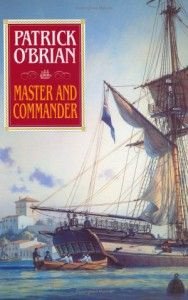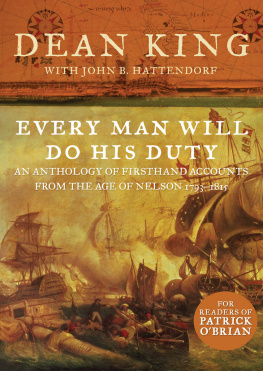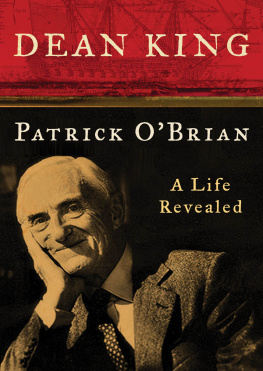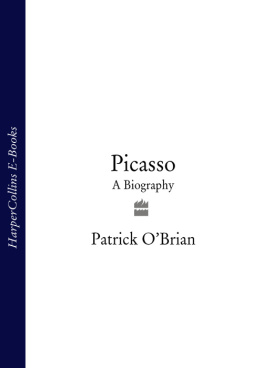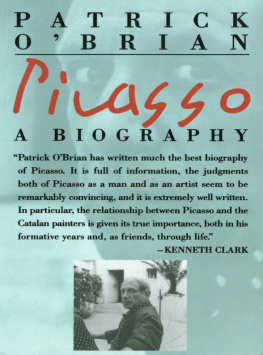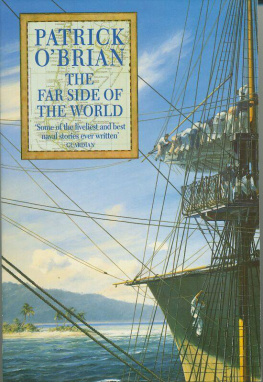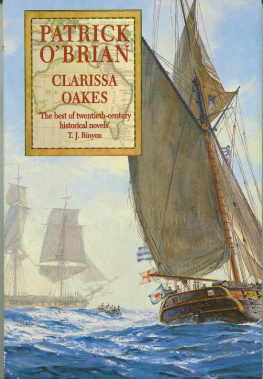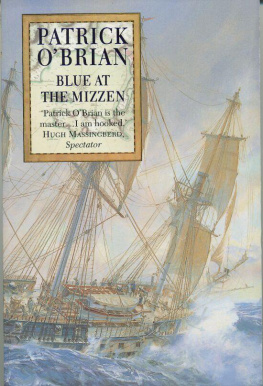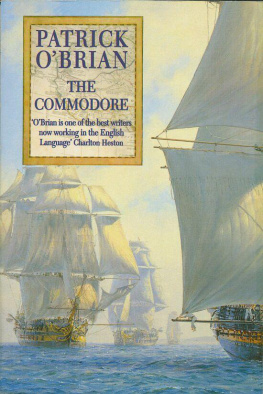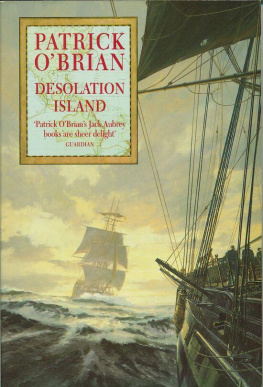CONTENTS
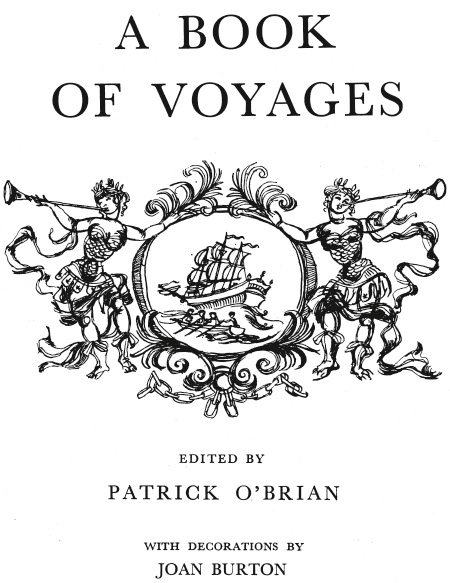

For M. from P. with love.
There are some men, who will scarce believe anything but what they see, and at the same time will not stir an inch from home to be informd.
These sort of creatures are not to be satisfied as to the credibility of any thing beyond their own capacities. But for those who only seek a reasonable testimony and probability to believe things
(THE TRANSLATOR OF HAMEL, A DUTCHMAN WRECKED OFF KOREA, 1653)
This collection of voyages has been made from some of those many seventeenth- and eighteenth-century books of travel that are no longer easily to be found. The Elizabethan voyages and the more famous later travellers have often been reprinted, and most public libraries can supply Hakluyt and Purchas, Dampier, Anson and Cook. The big eighteenth-century collections, however, have not found modern publishers, and it is not likely that they ever will, for they are inordinately long and their hundreds of maps and engravings would be far too costly to reproduce.
Nearly all these collections (and there were dozens of them) were designed to give a view of the known world: they were intended to act as a kind of encyclopaedic geography, and the voyages were often constrained to suit the system. The result of this treatment was undoubtedly useful at the time, but a determined editor would often mangle an interesting voyage cruelly, extracting commercial and geographical facts and relating them in a uniformly dull manner. A melancholy example was the Abb Prevost, whose Histoire Gnrale des Voyages fills some twenty insipid quartos.
Of these collections perhaps the most enjoyable is that called Churchills. It is an anonymously compiled work published in four handsome folio volumes by A. and J. Churchill in 1704; they brought out another edition in six volumes in 1732 and lastly an eight-volume edition in 1752. Churchill has the virtue of being the least systematic of the collections; when the original voyage is in English Churchills editor leaves his author alone, or at the most makes no alteration more ambitious than modernizing the spelling, which is hardly offensive at this length of time. Churchill had access to several manuscripts, the most important being that of Sir William Monsons Naval Tracts, and he appears to have printed them with scholarly accuracy.
Most of the collections use much the same material, but as Churchill shows most respect for his authors, I have used him as the main provider for this book, though I have gone to the original wherever there has been an earlier printed version.
The text is integral in the case of the complete voyages; I have given it exactly as I found it, down to the last inconsistency in spelling. The extracts have been edited, but the editing has been confined to excision, and every cut, except in Lady Cravens journey, is shown. There are no footnotes except those of the original authors. Editors footnotes seem to me out of place in a work of this kind; they spoil the impression of reading the original text, they ruin the appearance of a page, and if they tell you anything new it is often annoyingly trivial. The only notes are short biographical and bibliographical remarks at the beginning of the accounts, and a list of sea-terms, taken from various eighteenth-century sources, at the end of the book.
Most books of voyages say in their prefaces that they intend to be useful. Let us have no unnecessary ornamentation at the outset of a work in which we propose nothing but the weighty and the useful, begins one; they hardly ever speak of giving entertainment.
The intention of this book is quite different; its first aim is to give the reader pleasure. It makes no claim to being a scholarly work, and it has no didactic purpose. If the reader draws instruction or edification from it as well as pleasure that is his own affair, and beside the bargain.
PATRICK OBRIAN.
for thy more easier understanding, I have divided this into parts which being seriously perused, doubtlesse thy Labour shall receive both profit and pleasure. Accept them therefore with the same love, that I offer them to thee, since they cost thee nothing but the reading, but how deare soever they are to me. But understand me better, I scorne to draw my Pen to the Ignorant Foole, for I contemne both. To the Wise I know it will be welcome; to the profound Historian yeeld knowledge, contemplation and direction: and to the understanding Gentleman, insight, instruction, and recreation: and to the true bred Poet fraternal love, both in meane and manner. Now as touching the hissing of snakish Papists, a tush for that snarling Crew; for as this Worke, being sensed with experience and garnished with trueth, is more than able to batter downe the stinging venome of their despitefull Waspishness: so also they may clearely see therein, as in a Mirrour, their owne blindnes, and the damnable errours of their blind guiders, Deceivers and Idolaters: and above all the cruel inflictions imposed upon me, by the mercilesse Inquisition of their profession in Malaga; which for Christs sake I constantly suffered, in Tortures, Torments, and Hunger.
And lastly, they may perceive Gods miraculous Mercy, in discovering and delivering me from such a concealed and inhumane murther.
And now referring the well set Reader to the History it selfe, where satisfaction lyeth ready to receive him, and expectation desirous of deserved thankes: I come to talke with the scelerate Companion: If thou beest a Villain, a Ruffian, a Momus, a Knave, a Carper, a Critick, a Bubo, a stupid Asse, and a gnawing Worme with envious Lips, I bequeath thee to a Carnificiall reward, where a hempen Rope will soon dispatch thy snarling slander, and free my toylesome Travailes and now painefull Labours, from the deadly Poyson of thy sharpe edged calumnies, and so goe hang thy selfe; for I neither will respect thy Love, nor regard thy Malice: and shall ever and alwayes remaine,
To the Courteous still Observant:
And to the Criticall Knave as he deserveth.
WM. LITHGOW
The Prologue to the Reader, from William Lithgows The Totall Discourse of the Rare Adventures, and Painefull Peregrinations of long nineteene yeares Travailes from Scotland etc. ed. 1640. Lithgow has recently been republished, so I have included none of his travels; however, he says what so many travellers feel on meeting with a doubtful reception at home, and says it with so much force and ability that he must be included: furthermore, I had the good luck many years ago to pick up a battered copy of the 1640 edition for fourpence, so I feel that I have a certain property in him.
From
LADY CRAVENS
Lady Craven was the daughter of the fourth Earl of Berkeley; she was born in 1750, and in 1767 she was married to William Craven, afterwards the sixth Earl of Craven.
She and her husband did not agree; in 1780, after she had borne six children, they separated and Lady Craven left England. In the following years she travelled extensively: in a series of letters to her great friend the Margrave of Anspach she described France, Italy, Austria, Poland, Russia, Turkey and Greece, which she visited in turn. She published the letters in London in 1789.
Lord Craven died in 1791, and Lady Craven married the Margrave, whose wife had died shortly before.
From about 1777 until long after her marriage with the Margrave Lady Craven managed to attract a great deal of ill-natured scandal. Her beauty may have had as much to do with this as anything else, although it must be allowed that she was uncommonly indiscreet: she was exceptionally beautiful, as one may see from the portraits by Sir Joshua Reynolds, Romney and Vige le Brun.
Next page


